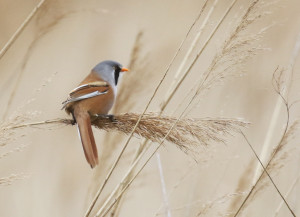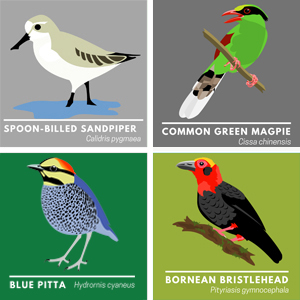Bearded Tit is one of the most striking of bird species in Britain and one that is coveted by many bird watchers and photographers alike. Having made a number of bird photography trips with Michael Wong recently he had expressed an interest in photographing this superb bird but with lots of windy weather it had seemed like a fool’s errand. However, looking at the weather forecast it was predicted to be fairly calm although overcast. Trying to get good views of reed-dwelling birds like Bearded Tit in windy weather is a punishing task but with a gentle breeze and some sheltered areas of reeds at nearby Swanscombe it seemed like we had a decent chance of this and we could take our chances with whatever else showed itself.
Independent Birding at Zaamin National Park | Birding in Uzbekistan
Uzbekistan is a surprising country with a wide variety of landscapes, ancient historical monuments, some interesting food and drink as well as good infratructure that makes the country easy to travel in independently. However, my wife and I pushed this a little further than most travelers to the country by visiting Zaamin National Park where [...]
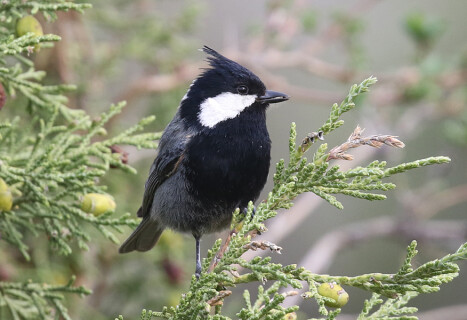

City Park Bird Abundance | Birding in Thailand
For those of us lucky enough to travel internationally to see birds it quickly becomes apparent that in some countries birds are abundant while in others birders have to work harder to see a wide range of species. This was brought home to me most recently spending a morning at Sri Nakorn Kuean Khan Park [...]
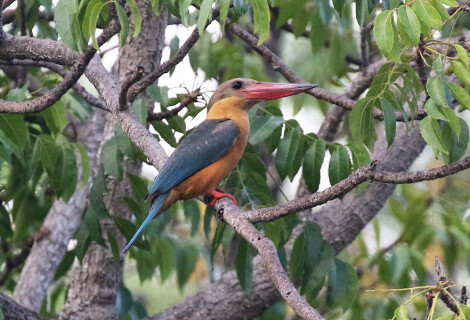

Touristing & Birding at Petra | Birding in Jordan
For those of us who travel with non-birding partners it can sometimes be tricky to balance enjoying time together somewhere interesting and the craving to maximise the opportunity to see new birds in new places. Personally, having a good holiday with my wife is the most important thing when planning trips together but doing some [...]
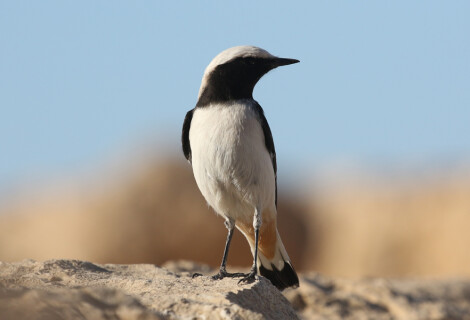

Rainy Season Birding at Pathum Thani Rice Research Centre | Birding in Thailand
There can be times of the year when bird watching hits a trough because a lack of activity, unhelpful weather or overfamiliarity with a smaller selection of species than at other times. In Thailand these factors are all true in the rainy season with a large number of species absent, on their breeding grounds further [...]
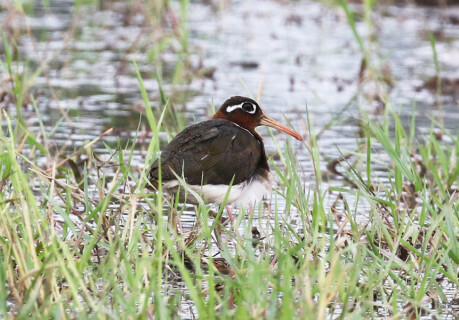

Mountain Birding from Chimgan | Birding in Uzbekistan
I have always loved immersing myself in mountain landscapes but over recent years my opportunity to do so has been limited with much of my time spent in tropical forests and wetlands in Thailand so when the opportunity presented itself to spend some time birding in mountain habitats in Uzbekistan I took it without having [...]
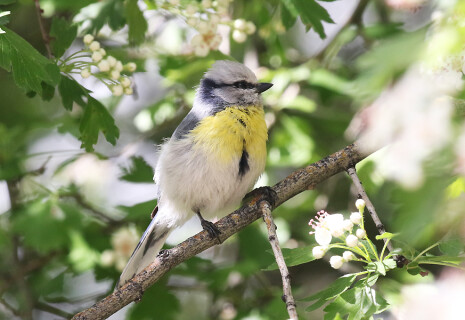

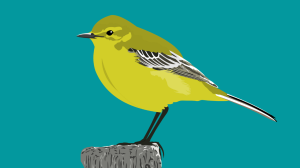
Yellow Wagtail T-Shirts
 May 14th, 2021
May 14th, 2021  Nick
Nick Yellow Wagtail is one of the most colourful summer visitors to Europe and a real sign that Spring is well under way. I was lucky enough to get some nice photos of several individuals over the last week or so and after a request I found myself inspired by this beautiful bird to create an illustration to use on one of the t-shirts I have produced - Unique Designs Bird T-shirts. I have seen several subspecies of Yellow Wagtail in Britain but the most commonly occurring is Motacilla flava flavissima and I have used that to base my illustration on for four slightly different designs on t-shirts. The four designs and links from which to order them follow. Read more »
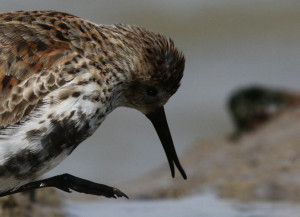
Dunlin Rhynchokinesis | British Birding
 May 14th, 2021
May 14th, 2021  Nick
Nick Feeding niche and bill evolution specific to prey was shown by Charles Darwin to be an extemely important factor in speciation in birds and this is seldom so obvious than in shorebirds. The wide range of bill sizes and shapes in shorebirds is an obvious indicator to the different feeding techniques they employ and the different types of prey they search for. Most of us think of wading birds as having straight bills, upturned bills or downturned bills and this is obviously true, but what is less well know is the ability they have to change the shape of their bill through a process called rhynchokinesis. This is usually impossible to see with the naked eye as it happens so quickly but I have found that it can sometimes be seen in photographs once I have returned home to study the images.
Over the course of a few visits I have been able to get very close to roosting Dunlin and was lucky enough to have excellent light that allowed me to take a series of high-quality photographs, some of which revealed this phenomenon. Read more »
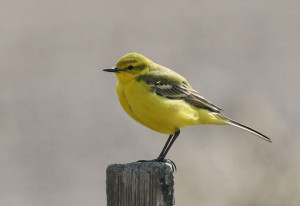
Spring Birding at Dungeness | British Birding
 May 5th, 2021
May 5th, 2021  Nick
Nick Early May and Spring migration is in full flow with large numbers of common migrants arriving, passage migrants passing through and resident species in full song with many of them well into their breeding cycle. What better day to head to one of Kent’s bird migration hotspots: Dungeness. This mass of shingle extends into the English Channel, making it a good place to spot passage seabirds and the mosaic of habitats includes beach, gravel pits, freshwater marsh, arable fields, pasture, reed beds and a network of ditches and scrubby bushes. This variety of habitats means that a lot of different bird species can be seen here on a good day.
I began my day by birding along a large reedy ditch that forms a green area within the shingle desert, close to the beach that often turns up some interesting and rare migrants. However, fine weather and no breeze meant that it was perfect for birds to fly and there were not many grounded migrants to start with. Throughout the day visiting many different parts of the Dungeness peninsula and rapidly changing weather conditions meant that I saw a lot of good birds including some great photographic opportunities with commoner birds as well as some much scarcer birds out to sea. Read more »
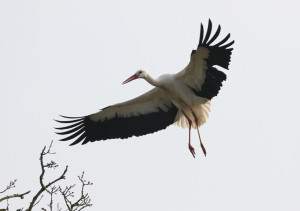
Nesting White Storks | British Birding
 May 1st, 2021
May 1st, 2021  Nick
Nick Anyone in Britain who has an interest in bird conservation and wildlife is likely to have heard of the White Stork Project which aims to reintroduce White Storks to the UK. Equally the successful nesting at the Knepp Estate Rewildling Project is likely to be on the radar of most nature-lovers in UK and as someone who has always been interested in conservation, and particularly rewilding projects, I took a trip to West Sussex to visit the Knepp Estate and see the storks for myself.
The Knepp Estate used to be intensively farmed but has been transformed by converting to extensive grazing by traditional breeds that are free to wander over the whole estate. There animals graze where they want and keep some areas of vegetation short where other areas develop into scattered scrub and woodland. I took a long walk around the site and it is a very pleasant place to visit with a landscape like no other I can remember in Britain and with White Storks nesting successfully it attracts a lot of visitors who want to see this key conservation species. I saw five different nests and spent some time watching the Storks go back and forth from them, particularly one nest which was in a tree very close to a public footpath. Read more »
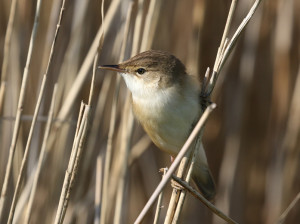
Higham Marshes in Early Spring | British Birding
 April 26th, 2021
April 26th, 2021  Nick
Nick Winter birding brings its own set of treats and surprises but after months of weather typical for the season it has been nice to have some sunshine over recent days, albeit often with a chilling breeze. Yesterday morning was a bright start to the day and promised to deliver some new arrivals of migrant birds, both summer visitors and perhaps passage migrants. Currently I am lucky to have just a short drive to a location that delivers a good variety of habitats that attracts a surprising number and variety of birds at Higham Marshes and being there in the morning sunshine with the site full of birdsong was a delight.
My plan for the day was to start in an area of damp fields with patches of mature trees, scrubland and reedy ditches and walk across the grazing marsh dotted with wet areas up to the River Thames and see which migrant shorebirds were roosting on the patches of salt marsh at high tide. No sooner had I got out of the car than I heard the distinctive song of a Nightingale. Easy to hear but the next task was to actually see it. Read more »
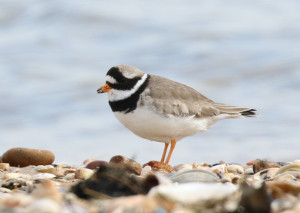
Bird Photography at Shellness | British Birding
 April 10th, 2021
April 10th, 2021  Nick
Nick I have frequently visited Shellness, on the Isle of Sheppey, both to watch birds, including scarce migrants at the right times of the year,but also to photograph birds as good numbers of shorebirds frequently come close enough to get some nice shots. Today I paid another visit, this time with photographer Michael Wong who had contacted me to ask if I could help him find good bird photography location in Southeast England. With a fair weather forecast I could think of no better place to get away from it all and get some good bird photography opportunities than Shellness, particularly as we could expect a flypast of hundreds of Oystercatchers giving us a chance to get some interesting flight shots.
We were successful in this as well as enjoying a nice morning in a wild location, photographing a number of different species as well as seeing a wide variety of birds including Mediterranean Gull, a couple of late Brent Geese, returning Barn Swallows and my first Sandwich Terns of the year. Read more »


